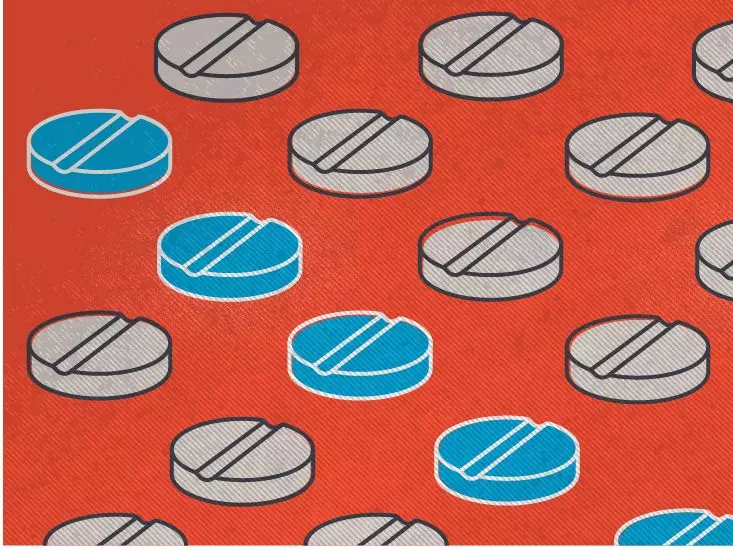Rubraca, a medication designed to treat certain types of cancer such as ovarian and prostate cancer, operates by inhibiting cancer cell growth through its action on specific molecular pathways. While the potential benefits of Rubraca can be substantial, patients must also navigate the reality of its side effects. Awareness and management of these effects can significantly enhance the treatment experience, allowing individuals to focus more on their battle against cancer rather than the complications of their medication.
Common Side Effects: What to Expect
Patients undergoing treatment with Rubraca should be prepared to encounter several common side effects. Nausea and vomiting, fatigue, skin rash, and diarrhea are frequently reported among those taking the drug. These effects, particularly nausea, can be daunting and may detract from a patient’s overall quality of life. It’s essential for patients to maintain an open dialogue with their healthcare providers, as this ensures timely interventions when side effects become unmanageable.
Fatigue, often described as overwhelming physical and emotional exhaustion, can significantly hinder daily activities. Patients are urged to recognize this fatigue as a legitimate side effect of the medication rather than a reflection of their resilience. As an effective strategy, medical experts often recommend small, frequent meals and adequate hydration, which can help mitigate nausea and support overall vitality during treatment.
The Importance of Communication with Healthcare Providers
One of the most critical aspects of managing Rubraca’s side effects is communication with healthcare professionals. Patients should not hesitate to discuss their experiences and any emerging symptoms—however minor they might seem. Doctors and pharmacists can provide essential guidance, adjusting dosages or recommending adjunct therapies that can alleviate discomfort. For instance, patients facing persistent nausea might benefit from prescription antiemetics that can substantially improve their comfort levels.
By proactively discussing side effects, patients can also feel empowered, taking a central role in their treatment journey. This collaborative approach not only enhances their sense of agency but also leads to more tailored medical care that addresses their specific needs.
Serious Side Effects: Recognizing and Reacting
While many side effects associated with Rubraca are mild and manageable, it is critical to remain vigilant regarding severe reactions. Serious side effects, such as allergic reactions, liver issues, and significant blood cell reductions, can pose serious health risks. Understanding the warning signs—like difficulty breathing or unusual bleeding—may empower patients to act swiftly, securing medical care when necessary.
Allergic reactions, while not frequently reported in studies, can occur and should prompt immediate medical consultation. For patients experiencing severe symptoms, this could mean the difference between life and death. Immediate action, such as contacting emergency services, should be taken if serious allergic responses manifest.
Thrombocytopenia (low platelet count) and anemia (low red blood cell count) are particular concerns with Rubraca treatment. They reduce the body’s ability to clot or carry oxygen, potentially leading to severe complications. Regular blood tests can help detect these issues early, allowing for prompt management measures like dosage adjustments or alternative therapies.
Proactive Management and Lifestyle Adjustments
Patients can also take proactive measures to manage side effects. For instance, increased sensitivity to sunlight is another concern, making the use of sunscreen, protective clothing, and avoiding direct sunlight crucial. This not only helps in minimizing skin reactions but empowers patients to engage in outdoor activities with greater peace of mind.
Before starting treatment with Rubraca, discussions about health history and potential allergies with healthcare providers are vital. These conversations ensure that the treatment plan is tailored appropriately, further minimizing the risk of adverse effects. Additionally, patients should never hesitate to question their treatment and seek clarity on any uncertainties—they deserve a comprehensive understanding of their medication.
Contributions to Drug Safety: The Role of Patient Reports
Following FDA approval, continuous monitoring of medications like Rubraca provides invaluable data regarding their safety and efficacy. Patients are encouraged to report any unusual side effects they encounter through MedWatch, contributing to a growing repository of information that can enhance the drug’s safety profile and inform future patients. Such contributions not only serve individual patients but also the broader community, fostering a collaborative approach to healthcare.
In essence, the journey with Rubraca, while fraught with challenges, can be navigated successfully with the right strategies, support, and proactive management. Understanding potential side effects and their implications empowers patients to engage actively with their healthcare.

